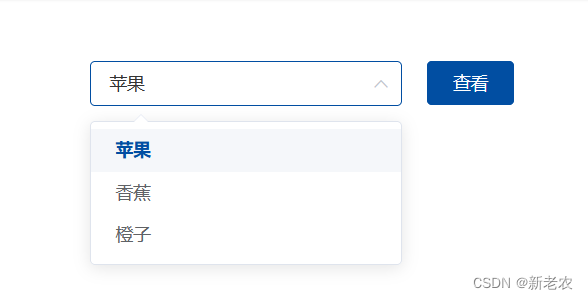Vue Router作用:在应用程序中实现优雅的导航和路由管理。
一、安装
注意:vue3安装的是vue-router@4,vue2安装的是vue-router@3,这里我们讲解的是vue3,所以应当安装其4版本。
二、Vue Router配置
在下面的代码中,我们首先创建router文件引入createRouter 和 createWebHistory 函数。然后定义了路由规则并创建了一个router实例。最后我们在main.ts文件中使用app.use(router)将router实例挂载到Vue应用程序中。
2.1 vue-router两种引入方式的区别
直接把组件引入进来,不关路径访问或不访问,都把组件引用进来。一次性加载这么多内容,加载会很慢。而且打包时这种方式会这直接将引入的组件一起打进一个js文件中,造成性能问题。
2.2 不同的历史模式
三、router-link
四、router-view
声明:本站所有文章,如无特殊说明或标注,均为本站原创发布。任何个人或组织,在未征得本站同意时,禁止复制、盗用、采集、发布本站内容到任何网站、书籍等各类媒体平台。如若本站内容侵犯了原著者的合法权益,可联系我们进行处理。









